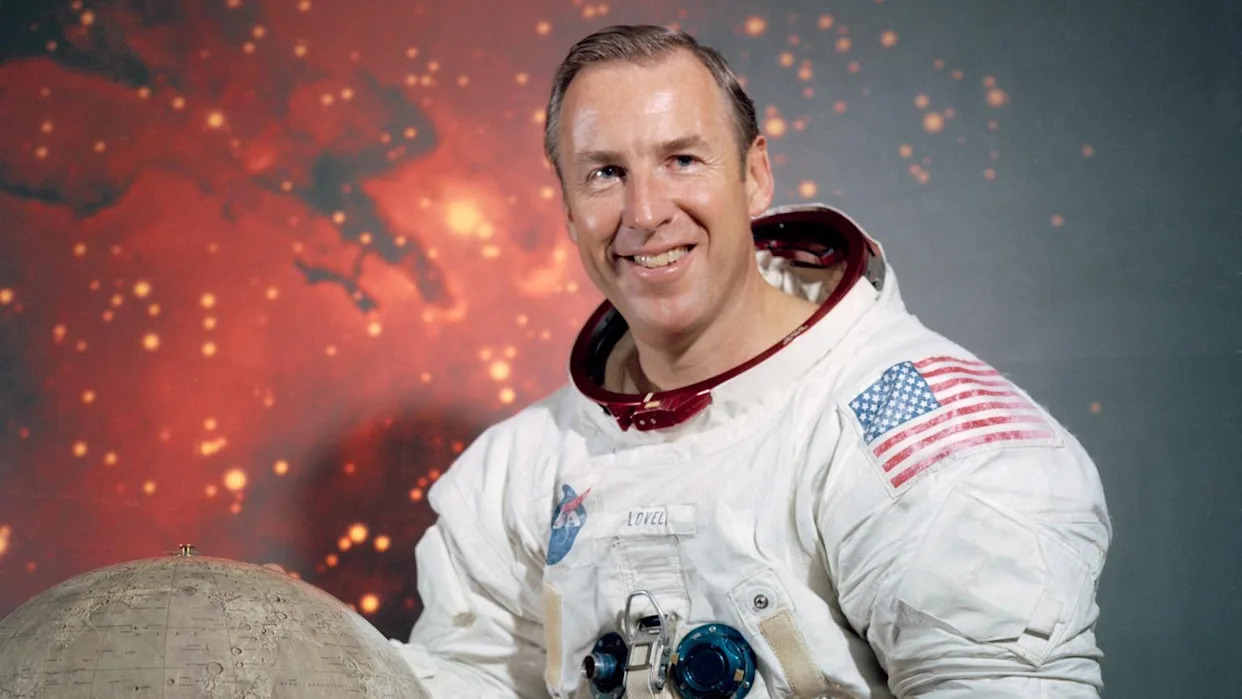James Lovell, Apollo 13 Commander Who Guided Crew Through Crisis, Dies at 97

Astronaut James Arthur Lovell Jr., whose calm leadership was instrumental in averting disaster during the Apollo 13 mission, has died. He was 97 years old. Acting NASA Administrator Sean Duffy announced Lovell’s passing on Thursday, praising his contributions to space exploration and highlighting his pivotal role in both Apollo 8 and Apollo 13 missions.
Born March 25, 1928, in Cleveland, Ohio, Lovell developed a fascination with science and rocketry early in life. Following an interest cultivated during teenage years, he pursued studies at the University of Washington, participating in a Navy program designed to train pilots. He later attended the Naval Academy, graduating in 1952 before serving as an aviator aboard aircraft carriers. In short order after his graduation, he married Marilyn Gerlach; their decades-long marriage concluded with her death last year.
In December 1968, Lovell gained prominence as Command Module Pilot on Apollo 8 alongside Frank Borman and William Anders. The mission marked the first crewed launch aboard a Saturn V rocket and the first lunar orbit, demonstrating the feasibility of landing humans on the Moon. Anders captured the iconic “Earthrise” photograph during that flight. Both Borman and Anders preceded Lovell in death, passing away in 2023 and 2024 respectively.
Lovell’s most defining moment arrived with the Apollo 13 mission in April 1970, where he served as commander. Two days into the journey, an oxygen tank explosion crippled the spacecraft, jeopardizing the lives of Lovell, command module pilot Jack Swigert, and lunar module pilot Fred Haise. After Swigert’s initial report to mission control, Lovell famously confirmed the severity of the situation with the now-legendary words: “Houston, we’ve had a problem.”
The crew subsequently utilized the lunar module as a “lifeboat” while engineers on Earth devised a plan for their safe return. With limited power and dwindling oxygen supplies, the astronauts collaborated closely with mission control to improvise solutions using onboard materials. Lovell skillfully guided the spacecraft in a critical slingshot maneuver around the Moon to ensure proper trajectory for reentry.
On April 17, 1970, the crew safely splashed down in the Pacific Ocean, where they were recovered by the Navy. Their extraordinary survival earned them all the Presidential Medal of Freedom. At the time of his death, Lovell was one of only three astronauts to have flown to the Moon twice; Fred Haise is now the sole surviving member of the Apollo 13 crew.
Lovell chronicled their harrowing experience in his memoir, “Lost Moon: The Perilous Voyage of Apollo 13,” which served as the inspiration for the acclaimed 1995 film “Apollo 13,” with actor Tom Hanks portraying Lovell. Hanks honored Lovell’s legacy on social media, highlighting his bravery and pioneering spirit.
Following his retirement from the Navy in 1973, Lovell held executive positions at various companies before settling near Chicago. He remained an active advocate for space exploration and youth development through scouting organizations, participating in public events alongside fellow early astronauts.









